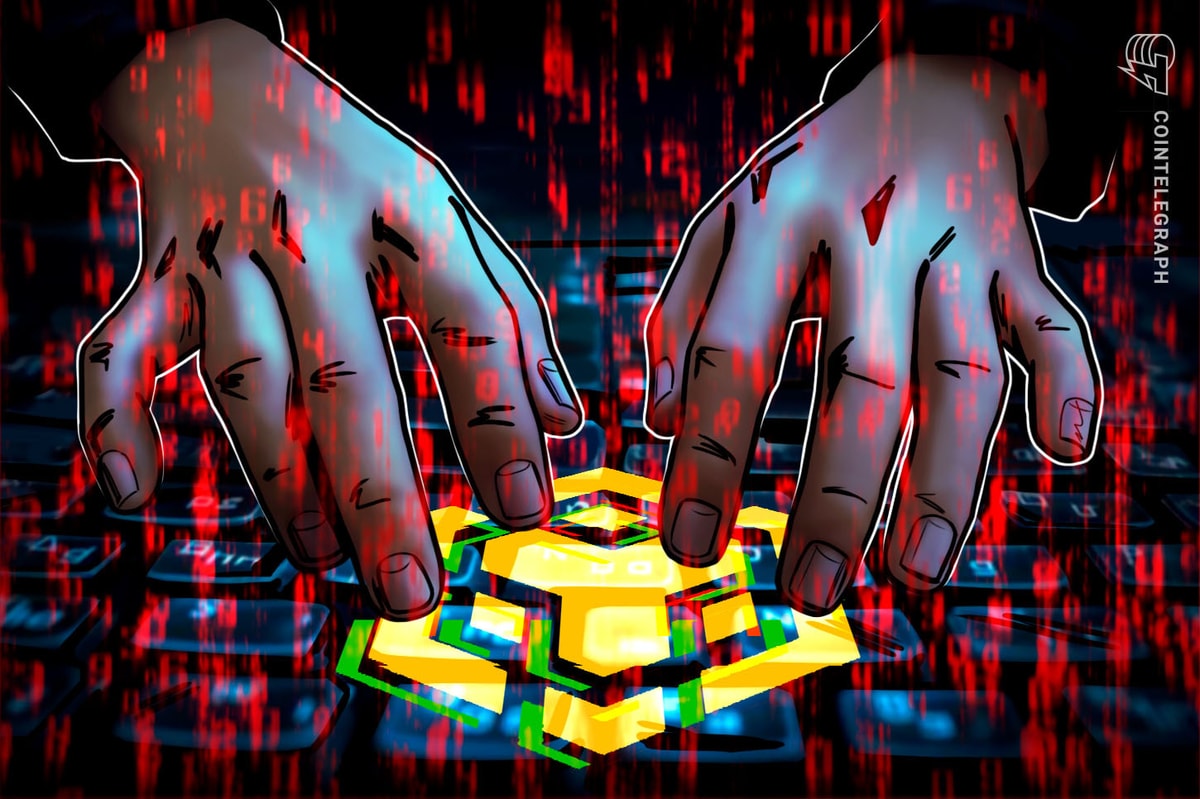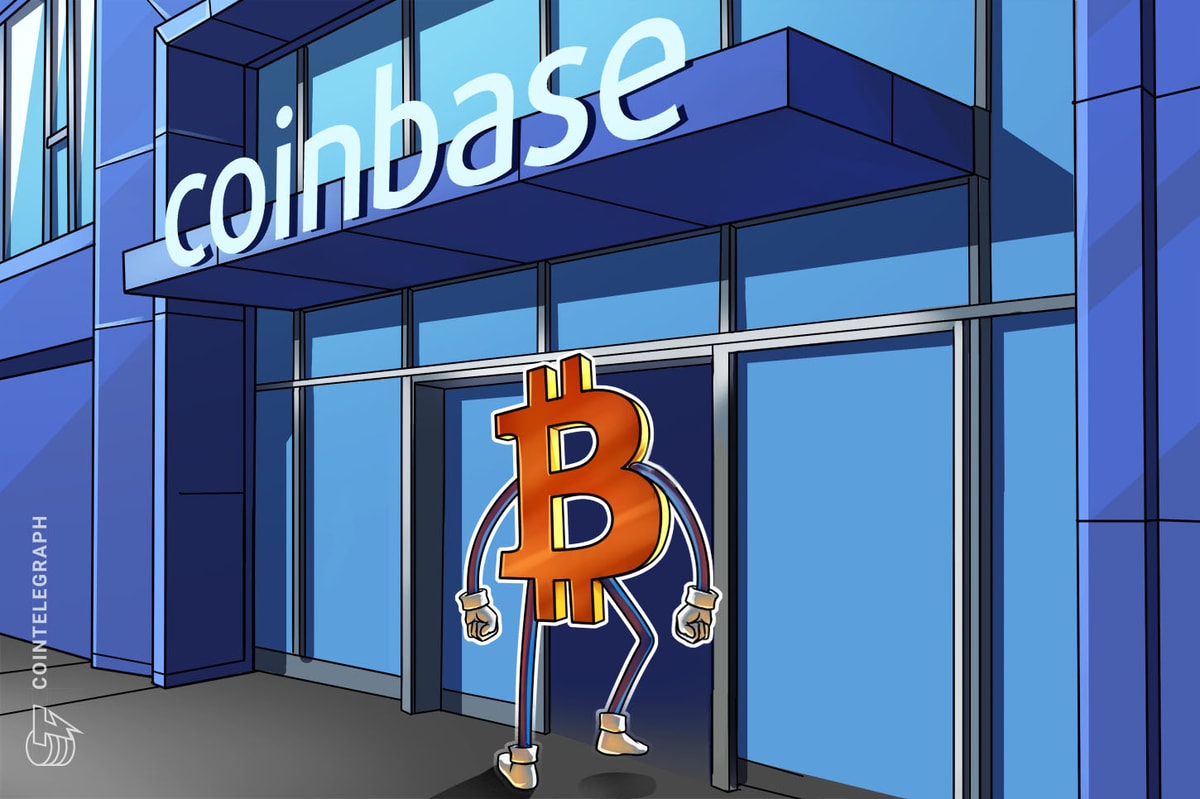The United States Securities and Exchange Commission (SEC) is contradicting years of its own policy guidelines with its latest action against decentralized crypto exchange Uniswap, according to Cinneamhain Ventures’ Adam Cochran.
In a legal analysis on X, Cochran referred to several previous decisions by the U.S. regulator over the definition of an exchange and what it means for Uniswap’s potential legal battle.

The SEC has previously issued “No-Action Letters” in 1986, 1991 and 1997 for entities seeking guidance on routing and matching trades electronically. According to Cochran, the entities were “looking to establish their first system for routing and matching trades electronically. They were concerned that would make them an “exchange.”
“But the SEC concluded that because the execution was on a separate system that matching, routing, communicating and ordering as a “computer service system” did not meet the holistic definition of “an exchange.”
Another precedent contradicting the SEC relates to classifying front ends as an exchange. The regulator’s guidance in letters from 1989 and 1990 was that an interface that displays and communicates with an exchange is not in itself an exchange.
“The SEC guidance found that because these interfaces, even though they profited from bringing together buyers and sellers to exchange explicit securities the fact that the settlement and payment happened elsewhere meant these interfaces were not exchanges,” explained the venture capitalist.

Cochran also noted that in 1998, on the SEC No-Act. LEXIS 18, the Commission declared the matter settled and would no longer respond to No-Action Letter requests.
In addition, connecting buyers and sellers does not constitute an exchange. The SEC provided this guidance to companies in 1979, 1996 and 1999, according to Cochran’s analysis.
“The exchange needed to involve the legal transfer of the assets and/or finances. So even though a buyer on Uniswap may commit to a purchase, by signing a transaction with their private key the Uniswap Labs frontend, isn’t what’s settling it.”
Another relevant point in the analysis concerns asset listing. In 1998, the commission found that having an electronic system for common stocks that are not listed on an existing exchange does not constitute an exchange, regardless of whether fees are charged.
“In this case, the commission found that once again, so long as their informational interface was no clearing and settling these transactions, then just because it was the primary listing location of an asset, it was not somehow more of an exchange.”
SEC’s Wells notice
Uniswap enables automated token exchanges on the Ethereum blockchain, allowing users to swap multiple crypto tokens without using traditional intermediaries.
Uniswap Labs, Uniswap’s main developer, has been under regulatory scrutiny since 2021. On April 10, however, the platform was served a Wells notice — a formal notification that the regulator’s staff intends to recommend enforcement action.
Uniswap Labs previously claimed it was only responsible for developing the app’s front-end portal. According to the team, the front end is separate from the Uniswap protocol, which is autonomous code released for public use.
Cochran’s analysis backs up these claims. According to him, the front end and the smart contract are separate elements in a crypto trade.
“In fact, we know these elements are distinct, because you can execute trades on the smart contract through other interfaces (like Etherscan or swap aggregators), or even directly through a node.”
Magazine: Bitcoin ETFs make Coinbase a ‘honeypot’ for hackers and governments — Trezor CEO










